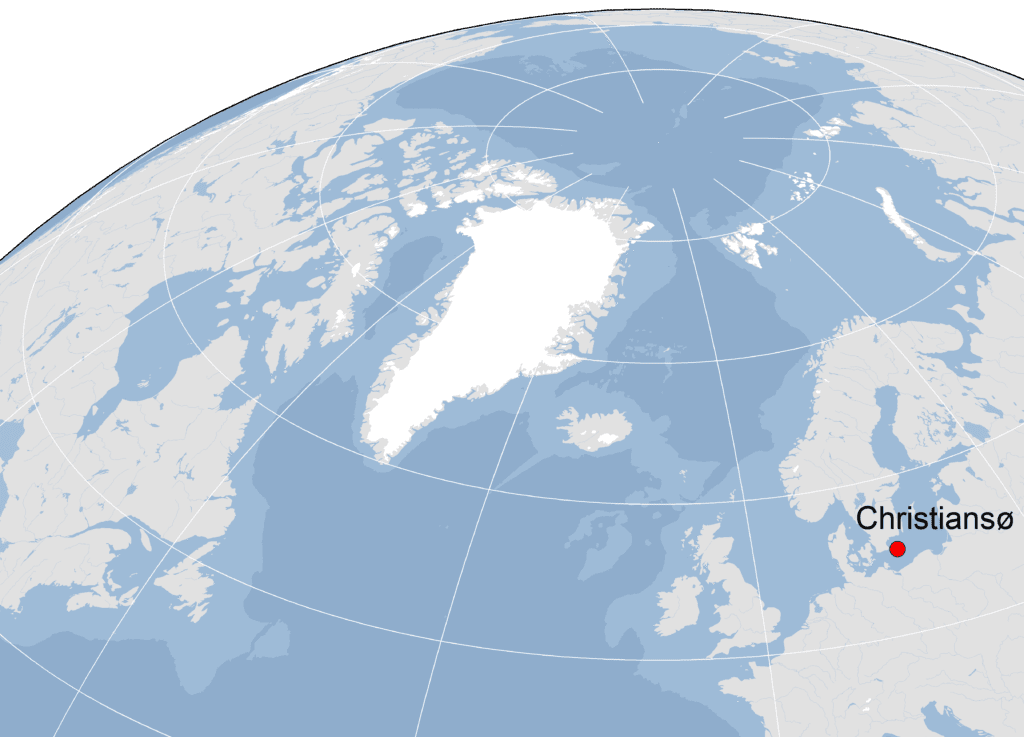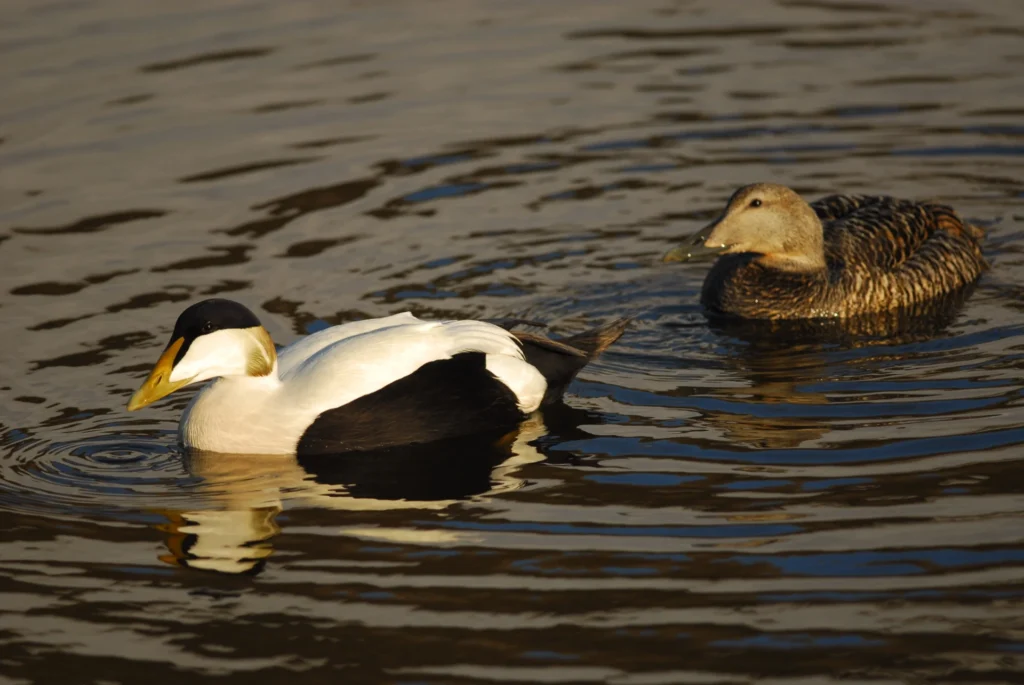The archipelago of Ertholmene (55°19’N x 15°11’E) is situated 18 km northeast of Bornholm in the central Baltic Sea. The surrounding sea depths range from 20 to 120 m and the water is brackish (0.8% salinity). Ertholmene is often referred to as Christiansø after the main island, which together with Frederiksø is inhabited. There are no mammalian predators on Ertholmene. There is a dense eider colony (1000 nests) on Christiansø and Frederiksø, where eider nests in gardens and along the coast, many nests are in wild rose shrubs.

Græsholmen is the second largest island in the archipelago of Ertholmene (nine ha) and has a coastline of c. 2 km. It is home to the largest colonies of razorbill (>1500 pairs) and common guillemot (>4300 pairs) in Denmark, and has a large herring gull colony (5000 pairs). It is a flat-top colony, where the central part of the island forms a plateau c. 9 m a.s.l. with 12 m as the highest elevation. Græsholmen, including a 100 m zone of sea around the island, is since 1926, a fully protected bird reserve without public admittance.

Studies of of breeding birds on Ertholmene started in 1925, and the bird fauna has undergone marked changes since. From 1985 to 2015 the razorbill population increased from c. 325 to 1500 pairs, and the common guillemot population increased from 1500 to 4300 pairs in the same period. While the common eider population has declined from about 3000 pairs in 1992 to 1000 pairs in 2023.

Ertholmene started as a seatrack locality in 2023 with instrumentation of common eider, common guillemot and herring gulls. Razorbills will be instrumented from 2024.

Seatrack partner

Anders Mosbech
Aarhus University
Data availability





